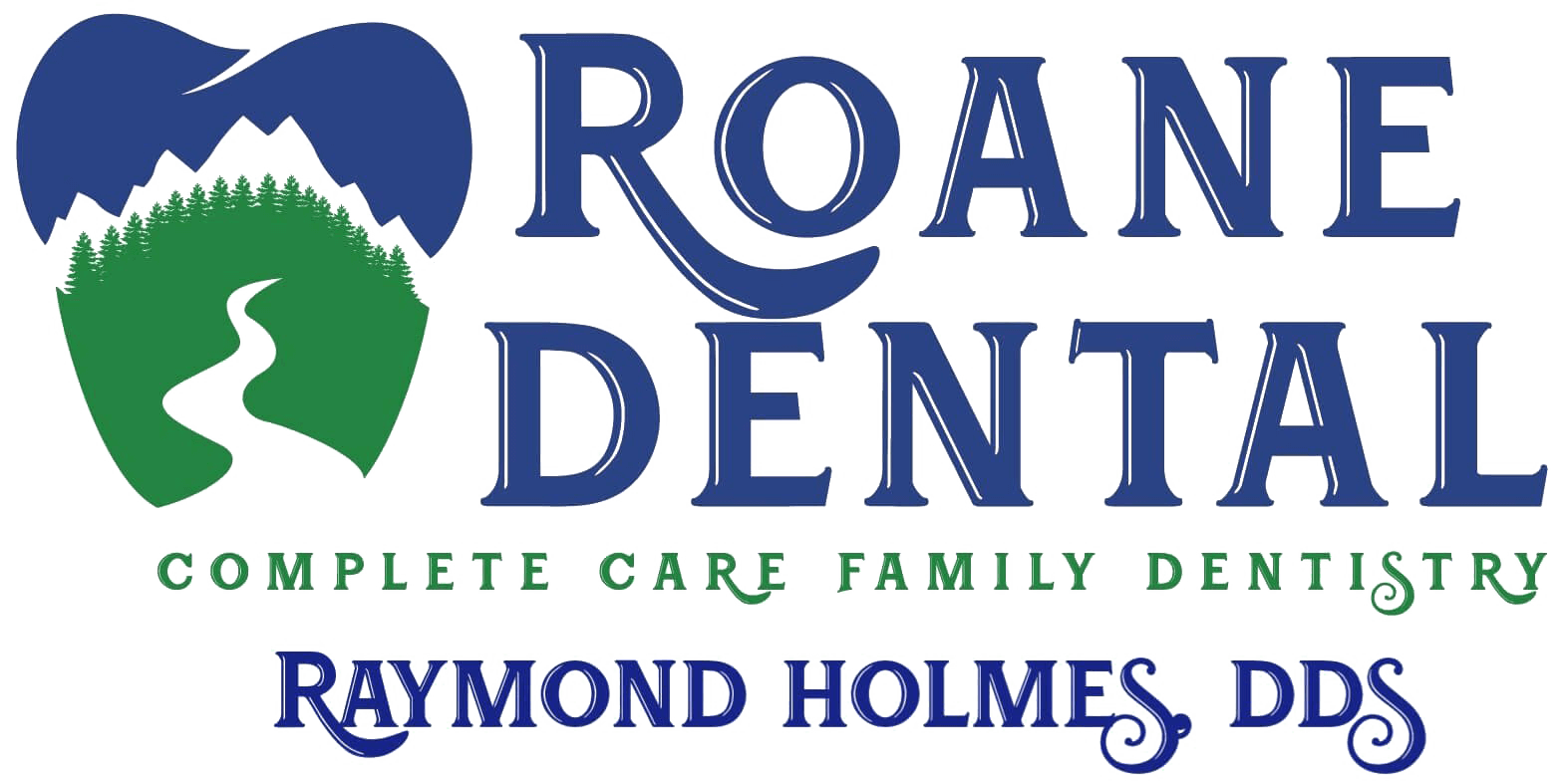Extractions
Our dentist makes every effort to preserve your natural teeth. However, extractions are necessary when decay has made the tooth unsalvageable or when you have an advanced periodontal disease. When a tooth is malformed, damaged, impacted or ingrown, different procedures are used, but all extractions are considered surgery. Depending on which tooth is removed, we can offer you a replacement in the form of a dental implant or oral prosthetic.
Do I need my tooth extracted?
Although permanent teeth were meant to last a lifetime, there are a number of reasons why tooth extraction may be needed. A very common reason involves a tooth that is too badly damaged, from trauma or decay, to be repaired. Other reasons include:
A crowded mouth. Sometimes dentists pull teeth to prepare the mouth for orthodontics.
Infection. If tooth decay or damage extends to the pulp -- the center of the tooth containing nerves and blood vessels -- bacteria in the mouth can enter the pulp, leading to infection. Often this can be corrected with root canal therapy (RCT) or endodontics. If the infection is so severe that antibiotics or RCT do not cure it, extraction may be needed to prevent the spread of infection.
Risk of infection. If your immune system is compromised (for example, if you are receiving chemotherapy or otherwise immuno-suppressed), even the risk of infection in a particular tooth may be reason enough to pull the tooth.
Periodontal (Gum) Disease. If periodontal disease -- an infection of the tissues and bones that surround and support the teeth -- have caused loosening of the teeth, it may be necessary to the pull the tooth or teeth.
What should I expect during an extraction procedure?
If you need a tooth to be removed, your dentist will usually give you a local anesthetic to numb your mouth so you don’t feel pain. Your dentist will then use a special tool to loosen the tooth in the gum. Once the tooth is loose, your dentist will remove it with forceps.
If your tooth extraction is more complicated, you might need to be given a general anesthetic, which will put you to sleep.
What should I do after an extraction procedure?
Recovery typically takes a few days. The following can help minimize discomfort, reduce the risk of infection, and speed recovery.
Take pain control as prescribed.
Bite firmly but gently on the gauze pad placed by your dentist to reduce bleeding and allow a clot to form in the tooth socket. Change gauze pads before they become soaked. Otherwise, leave the pad in place for three to four hours after the extraction.
Apply an ice bag to the affected area immediately after the procedure to keep down swelling. Apply ice for 10 minutes at a time.
Relax for at least 24 hours after the extraction. Limit activity for the next day or two.
Avoid rinsing or spitting forcefully for 24 hours after the extraction to avoid dislodging the clot that forms in the socket.
After 24 hours, rinse with your mouth with a solution made of 1/2 teaspoon salt and 8 ounces of warm water.
Do not drink from a straw for the first 24 hours.
Do not smoke, which can inhibit healing.
Eat soft foods the day after the extraction. Gradually add solid foods to your diet as the extraction site heals.
Continue to brush and floss your teeth, and brush your tongue, but be sure to avoid the extraction site. Doing so will help prevent infection.
